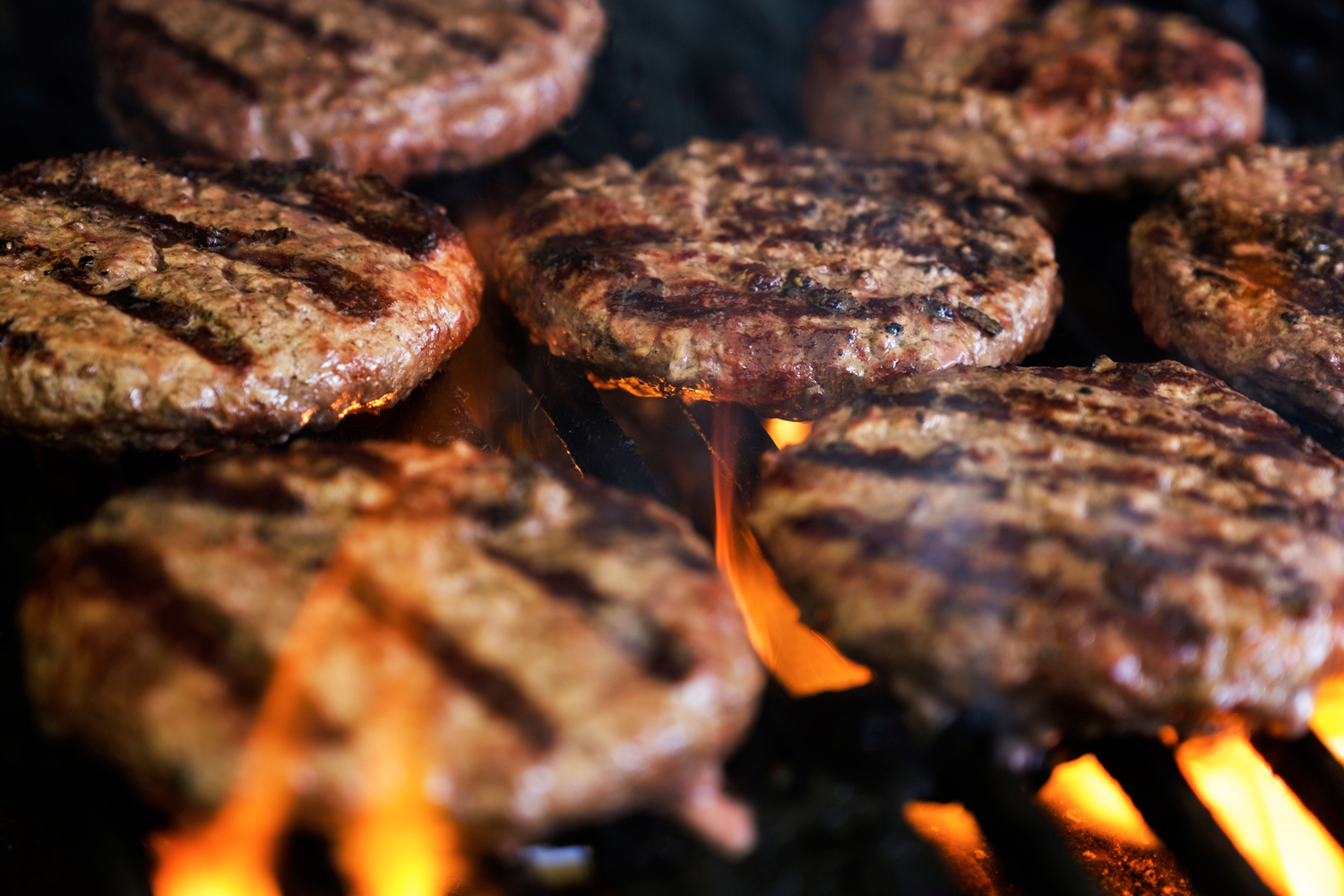
You know a diet is a Pretty Big Deal when it starts getting spin-off diets.
Seriously: The keto diet is still relatively new (at least, popularity-wise), yet it’s already been paired with apple cider vinegar and intermittent fasting, and it’s been modified through keto cycling.
Now, there’s a new offshoot called “dirty keto,” and it’s, uh, interesting to say the least.
What is “dirty keto” and where did it come from?
So apparently, dirty keto follows the same principles as OG keto but focuses mainly on those macronutrients you need (60-75% of your calories from fat, 15-30% of your calories from protein, and 5-10% of your calories from carbs), and not much else (like where exactly those macros come from).
For example, instead of going all in on avocado and olive oil, you opt for more processed foods, like sliced cheese and pork rinds (two items seen in a Facebook community dedicated to dirty keto).
And while it’s kind of hard to tell where dirty keto originated, it’s definitely popular: Quite a few Facebook communities are devoted to living that dirty keto life (including one actually called The Dirty Keto Life).
How is dirty keto different from the regular keto diet?
At its core, keto is all about minimizing your carbs and increasing the fats you eat to get your body to use of fat as a form of energy (a.k.a. ketosis), says Dr. Scott Keatley, of Keatley Medical Nutrition Therapy. You’re also encouraged to get your macronutrients from healthy foods like organic means, limit saturated fats, and focus on healthy fats.
But dirty keto seems to not care as much about where your fat sources come from, says Keatley. So, if you want to have a fast-food egg-and-sausage sandwich (no muffin, though!) followed by a bun-less bacon cheeseburger for lunch and ice cream for dinner, you’re golden…on this diet, at least. Dirty keto dieters also don’t pay as much attention to vegetables and other keto-friendly sources of fiber.
















